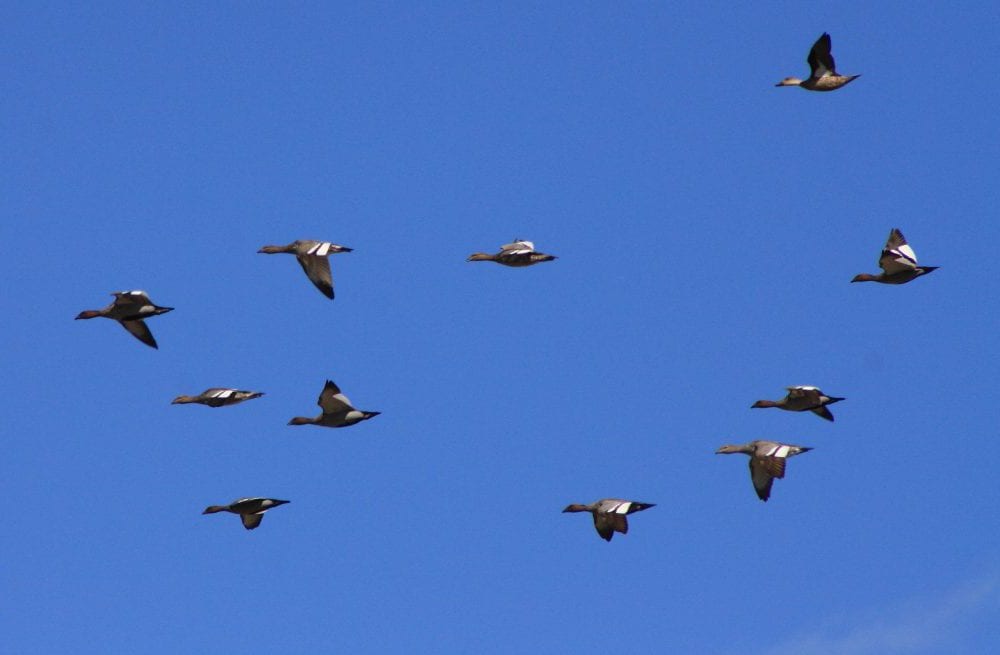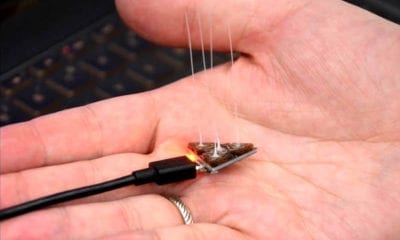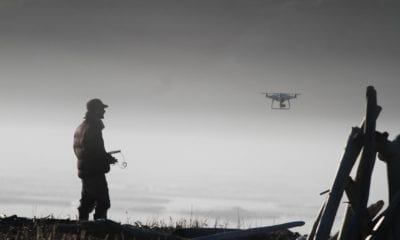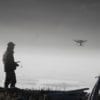News
Drones Help Monitor Duck Hunting in Victoria
The Australian State of Victoria is a popular place for the game hunting of deer, quail and duck. The industry is well regulated and controlled with generous open seasons and bag limits. There are an estimated 45,000 licensed game hunters in Victoria alone.
This year’s duck hunting season kicked off at a later time than usual with the opening day beginning at 9am; this is part of a new trial where drones will be used to monitor hunters and protesters at the state’s wetlands. The move comes in response to the illegal behaviour by some hunters at last year’s opening weekend when animal welfare groups collected 1,246 dead waterbirds from Koorangie State Game Reserve near Kerang, with 984 of them being abandoned or un-recovered game ducks and 260 protected species.
This year the Department of Environment, Land, Water and Planning (DELWP) is launching drones to keep an eye on duck hunters as well as sand movements at Marengo beach and the
daylight starting time was just one of a number of new regulations brought in prior to season commencement.
Nine wetlands were also subject to closure on the opening weekend, with restrictions applied to the Koorangie State Game Reserve, as well as a private wetland near Stanhope and the western side of the Hird Swamp State Game Reserve near Kerang, were all off limits for this year’s opening weekend.
The DELWP’s recent announcement that drones will be used throughout the hunting season (which began on March 17th closes on Monday, June 11), to survey the wetlands in order to monitor the behaviour of hunters and protesters, is an attempt to increase the public’s compliance. Glenn Sharp operations manager at DELWP says this will be an efficient way to survey large masses of land and will enable the DELWP to place staff where they are needed, and be able to respond quickly to illegal activities.
Marengo Beach is on the Victorian coast in Australia and it was there that the DELWP launched the drone on Friday, ahead of sand renourishment works at the beach in coming months.
The drone will survey sand movements that have taken place over summer and identify new sand harvesting sites, this follows DELWP replenishing sand levels at the beach last winter; 16,000 cubic metres of sand was deposited to protect infrastructure behind the foreshore.
Frances Northeast senior environmental planner for DELWP says sand slopes at a beach could change substantially after sand renourishment, and these adjust to a more natural slope over time; she believes data collected by the drone, combined with advice from coastal engineers, will help them in designing future sand renourishment projects at Marengo Beach.
Last year’s sand renourishment apparently did the trick and prevented further erosion at Marengo Beach and protected several important local assets, including the foundations of the Great Ocean Road, the Great Ocean Walk path, water and sewerage infrastructure and public car parking.
Ms Northeast says despite the success, more sand is needed to build up resilience to erosion at this location, and adds that data collected during the drone flights would be made available to the community at a series of coastal monitoring workshops between Portarlington and Apollo Bay in May.


























